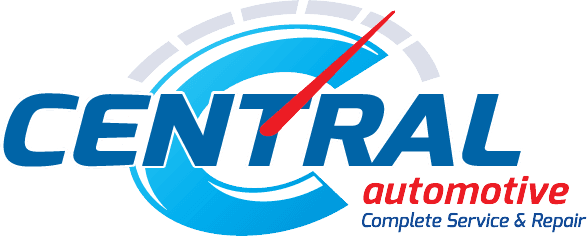OBD stands for “On Board Diagnostics,” and if your vehicle was built after 1996, then your car, SUV, or light truck has this system. It’s your car’s built-in computer, and its purpose is to monitor the major components of your vehicle’s engine, including emission controls. When there is a malfunction to the system, your dashboard illuminates the “check engine” light.
You know your OBD is working when you start your engine. The “check engine” or “service engine soon” light will very briefly illuminate just so you know it is working. If it comes on and stays on, it is letting you know that something isn’t right so you can get it checked out before it becomes an expensive repair. It could also be something simple, like your gas cap needing to be tightened. Sometimes the light comes on and before you can get to a repair shop, it turns off all by itself and doesn’t come back on. This just lets you know that the system corrected the problem by itself.
A blinking check engine light means you need to get your vehicle serviced immediately. The technician at your car care provider will use a hand-held scanning tool to help diagnose the problem. This is a very efficient method of testing your vehicle, and it saves time and money. A skilled technician will be able to take the code, which typically only gives them an idea of where the issue is occurring, and allows them to focus and figure out the exact problem.
Parts of Washington, including Kent, Covington, Maple Valley, Des Moines, and Auburn, are areas that must check the OBD as part of our Clean Air Act inspection. Before 1996, we did tailpipe testing. This isn’t as efficient as OBD, nor does it give drivers sufficient warning that there is a problem. OBD does a great job of letting consumers know when service is necessary, and that, along with the tightening of the gas cap and regular service on your vehicle, will save you time, money, and keep our air cleaner.
Please call us with any questions at 253-854-6762 or visit our website.







